
Environmental Health and Safety
Portable Fire Extinguishers
Fire extinguishers are located throughout Central Washington University and are available for use by trained employees, if safe to do so.
- A fire extinguisher has limited capability.
- A fire extinguisher is effective on small incipient-stage fires.
Below you will find brief descriptions of the different classes of fire extinguishers and the types of fires they are capable of extinguishing.
Types of Fire Extinguishers
Class A: Pressurized water-based extinguisher.
Use: Ordinary combustibles such as wood, paper, and plastics.
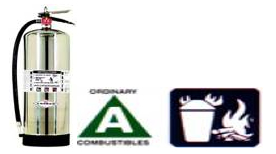
Class BC: Carbon Dioxide extinguisher.
Use: Flammable liquids (i.e. ethanol, xylene) and electrical fires.
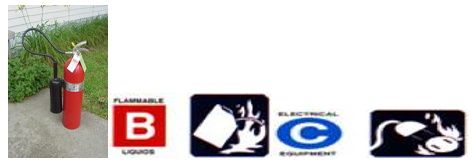
Class ABC: Multipurpose dry chemical agent extinguisher.
Use: Ordinary combustibles, flammable liquids, and electrical fires.
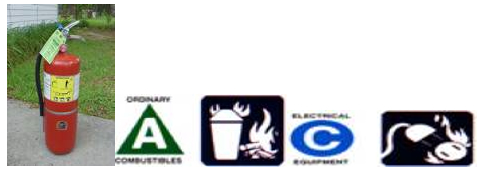
Class D: Sodium chloride or copper-based dry powder.
Use: Combustible metals (i.e. magnesium, powdered aluminum).
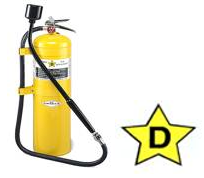
Class K: Potassium bicarbonate or wet chemical fine mist.
Use: Kitchen fires, cooking oils, and fats.
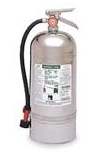
Portable fire extinguishers should only be used for emergency purposes. If you notice a portable fire extinguisher that is missing or is not in its proper place please report this to FMD at extension 3000 or online.
Only attempt to use a fire extinguisher if...
- You have been trained.
- The fire alarm has been activated and 911 was called.
- The fire is small and there is very little smoke.
- You have a clear exit out of the building.
- Extinguishers are rated for materials involved in the fire.
Discharging the Fire Extinguisher
USE THE P.A.S.S. METHOD TO DISCHARGE THE FIRE EXTINGUISHER
It's easy to remember how to use a fire extinguisher. Just remember the acronym PASS, which stands for Pull, Aim, Squeeze, and Sweep.
1. Pull the pin. This will allow you to discharge the extinguisher.
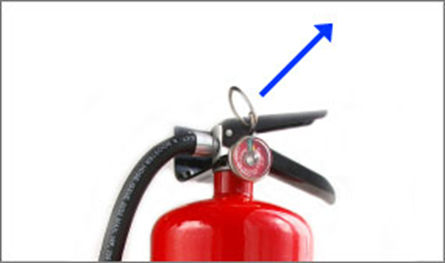
2. Aim at the base of the fire. If you aim at the flames (which is frequently the temptation), the extinguishing agent will fly right through and do no good. You want to hit the fuel.
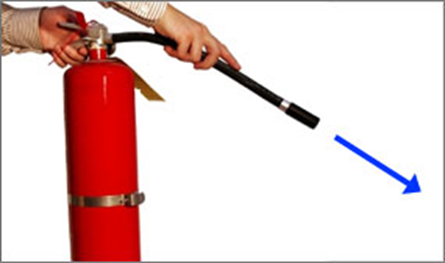
3. Squeeze the top handle or lever. This depresses a button that releases the pressurized extinguishing agent in the extinguisher.
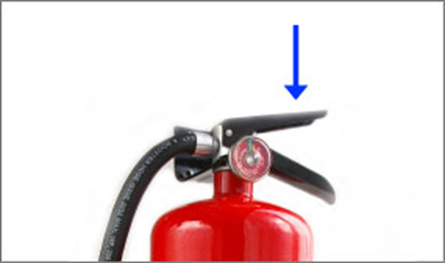
4. Sweep from side to side until the fire is completely out. Start using the extinguisher from a safe distance away (approximately 8 to 10 ft.), then move forward. Once the fire is out, keep an eye on the area in case it reignites.
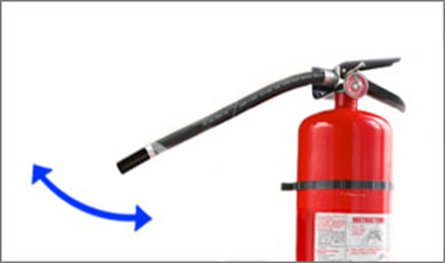
CWU News

Online Master’s of Education program now offers special education endorsement
May 15, 2024
by Rune Torgersen

Lenny Price brings Detroit perspective to CWU Jazz
May 15, 2024
by University Relations